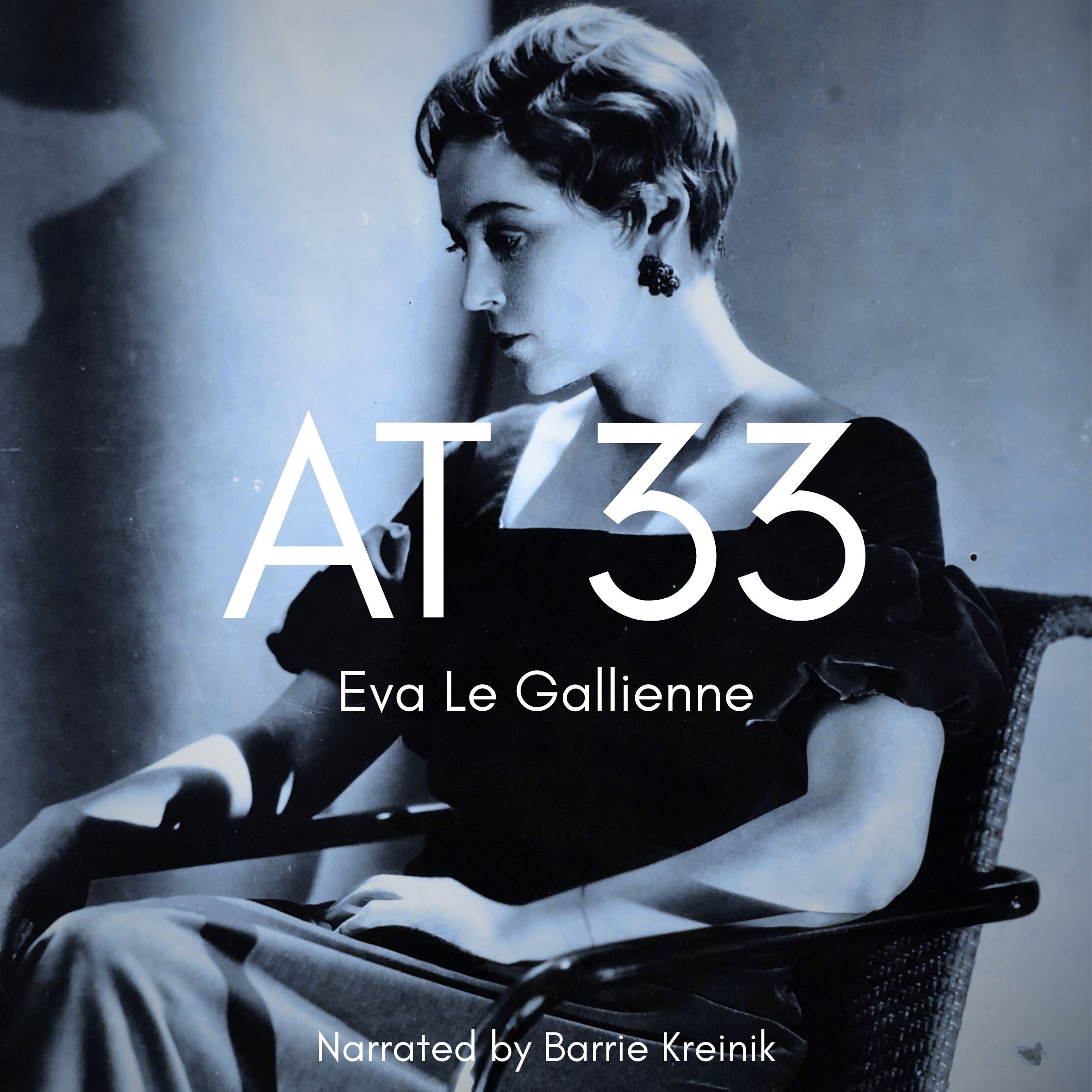Jiangsu 30
Listen to Jiangsu 30, a 20-year-old man from Huai’an, Jiangsu Province, China. Click or tap the triangle-shaped play button to hear the subject.
Both as a courtesy and to comply with copyright law, please remember to credit IDEA for direct or indirect use of samples. IDEA is a free resource; please consider supporting us.
BIOGRAPHICAL INFORMATION
AGE: 20
DATE OF BIRTH (DD/MM/YYYY): 26/07/1989
PLACE OF BIRTH: Huai’an, Jiangsu Province
GENDER: male
ETHNICITY: Han Chinese
OCCUPATION: student
EDUCATION: university
AREAS OF RESIDENCE OUTSIDE REPRESENTATIVE REGION FOR LONGER THAN SIX MONTHS:
Subject had been at university in Suzhou for seven months at the time of this recording.
OTHER INFLUENCES ON SPEECH:
He had native English speakers as teachers at school. In Suzhou, he had limited access to other native English speakers. He is also fond of watching American movies.
The text used in our recordings of scripted speech can be found by clicking here.
RECORDED BY: Bill McCann
DATE OF RECORDING (DD/MM/YYYY): 14/05/2010
PHONETIC TRANSCRIPTION OF SCRIPTED SPEECH: N/A
TRANSCRIBED BY: N/A
DATE OF TRANSCRIPTION (DD/MM/YYYY): N/A
ORTHOGRAPHIC TRANSCRIPTION OF UNSCRIPTED SPEECH:
Ah, my hometown is Huai’an and it is ver- it is a small city, ah, but very clean. Ah, it is also the hometown of, ah, Premier – Zhou [Enlai]. And, ah, when I was a child, ahm, the city streets are very n- narrow and, ah, there are little cars in- on the road. But, nowadays, ahm, the roads are broader and, ah, we can see many cars on it. So we can, ah, see it changed a lot these days. And, ah, there are many – also many factories, ah, there now. Although it – it is not a developed, ah, city, but, ah, it is very beautiful and, ah, very clean. I like it very much. [The subject now goes on to read abstracts from the Analects of Confucius in his own Huai’an hua dialect. (See the detailed commentary below). He has not provided a pinyin transliteration. A reading in Putonghua (Mandarin) can be heard on the Hebei 1 sample.]
TRANSCRIBED BY: Bill McCann
DATE OF TRANSCRIPTION (DD/MM/YYYY): 10/07/2013
PHONETIC TRANSCRIPTION OF UNSCRIPTED SPEECH: N/A
TRANSCRIBED BY: N/A
DATE OF TRANSCRIPTION (DD/MM/YYYY): N/A
SCHOLARLY COMMENTARY:
SHORT READINGS FROM THE ANALECTS OF CONFUCIUS
KEY: A = Mandarin (Simplified); B = Mandarin (Pingyin); C = Dialect (Pingyin); D = English.
孔子: 论语 – Kǒng zǐ : lún yǔ – Kon zi: len yu – Confucius: Lun Yu
學而第一 – xué ér dì yī – Xué ér dì yī – Chapter One
A: 1-1:- 子曰: 學而時習之、不亦說乎。
B: yī-yī :- zǐ yuē: xué ér shí xí zhī, bù yì yuè hū.
C: yī-yī :- Zi yao yue er shi xi zi, bei yi yue hu.
D: 1-1:- The Master said: Is it not pleasure to learn, and practice what is learned time and again?
A: 1-2:- 有朋自遠方來、不亦樂乎。
B: yī-èr:- yǒu péng zì yuǎn fāng lái, bù yì lè hū.
C: yī-èr:- Yu pang yu cong yu fang lai, be yi le hu.
D: 1-2:- Is it not happiness to have friends coming from distant places?
A: 1-3:- 人不知而不慍、不亦君子乎。
B: yī-sān: rén bù zhī ér bù yùn, bù yì jūn zi hū.
C: yī-sān: Nin be zi er be yun, be yi jun zi hu.
D: 1-3:- Is it not virtue for a man to feel no discomposure when others take no note of him?
為政第二 – wéi zhèng dì èr – wéi zhèng dì ér – Chapter two
A: 2-2:- 子曰:「詩三百,一言以蔽之,曰:『思無邪』。
B: èr-èr:- zǐ yuē: shī sān bǎi, yī yán yǐ bì zhī , yuē: sī wú xié.
C: èr-èr:- zi yao su sei bao, ye yi yi bi zi, yao si fu xiao
D: 2-2:- The Master said: In the Book of Odes there are three hundred poems, but they may be summarised in a single sentence: Think no evil.
A: 2-7:- 子游問孝。子曰:今之孝者,是謂能養。至於犬馬,皆能有養;不敬, 何 以別乎。
B: èr-qī:- zǐ yóu wèn xiào. zǐ yuē: jīn zhī xiào zhě, shì wèi néng yǎng. zhì wū quǎn mǎ, jiē néng yǒu yǎng; bù jìng, hé yǐ bié hū.
C: : èr-qī:- Zi yu meng xie. zi yao: jingza ge xie ze, si wei neng se. zu yu qu mu jie neng yu se; fe jing hou
D: 2-7:- Zi You asked what filial piety was. The Master said: Nowadays, providing support for one’s parents is considered filial piety. But dogs and horses can also do this. If there is no respect, what is the difference?
A: 2-10:- 子曰:「視其所以,觀其所由,察其所安。人焉叟哉?人焉叟哉?
B: èr-shí :- zǐ yuē: shì qí suǒ yǐ , guān qí suǒ yóu, chá qí suǒ ān. rén yān sǒu zāi? rén yān sǒu zāi?
C: èr-shí :- Zi yao: ku qi sou yi, gu qi sou yu , su qi sou u. nin ye sou zai? nin ye sou zai?
D: 2-10:- The Master said: Watch what a man does. Find out his motives. See how he takes his ease. How then can the man hide his true self? How can the man hide his true self?
COMMENTARY
There is evidence of accent reduction, and many of the usual Chinese pronunciation problems have been all but eliminated. Nevertheless, the accent remains fairly strong, with a notable elision of some ending /d/ and /t/ sounds (“but,” for example) and the addition of the Chinese “a” to others as in “developeda.”
The subject’s hometown is Huai’an, which is linguistically important both from a geographic and a historical perspective. Geographically, located in the eastern part of the central Jiangsu plain, it lies at the interface of the Jianghuai and Northern Mandarin dialects. Huai’an hua belongs to the Eastern Jianghuai group and is one of the few Mandarin dialects to retain the entering tone (ru sheng 入聲) of Middle Chinese (as a final glottal stop). This retention of the ru sheng is considered a unique feature of Jianghuai that sets it apart from other the other Mandarin dialects. It has largely lost the initial /n/, replacing it with /l/. These features evoke comparison with its non-Mandarin neighbours to the south, and some Chinese linguists have claimed that Jianghuai is mostly Wu containing a super-stratum of Mandarin, while others have suggested that it is an intermediary with Standard Mandarin and Wu dialect on the basis of the occurrence of postpositions in Chinese dialects.
Historically, the founder of the Ming Dynasty, Zhu Yuan Zhang (1328-1398), who reigned as Hong Wu (1368-1398), was conceived in Huai’an, and the Huai’an dialect was designated the official language during the Ming Dynasty. In the late Ming dynasty and through the succeeding Qing Dynasty (1644-1911), the dialect, together with northern Mandarin, formed the standard for Baihua up to its replacement by modern Putonghua in 1955. Baihua was used by Chinese writers, regardless of the dialect they spoke, who had to use the grammar and vocabulary of Jianghuai and Northern Mandarin in order for the majority of Chinese to understand their writing. Today, 67 million people speak Jianghuai Mandarin.
Huai’an itself has a long history. Archaeological remains between 5,000 and 6,000 years old have been found in the area, the most famous of which is the Qing Liang Gang early Neolithic culture of millet farmers. During the three earliest Dynasties – Xia (2070-1600 BCE), Shang (1600-1046 BCE) and Western Zhou (1046-771 BCE) – the area was greatly developed and an important transportation hub and centre of irrigation. The Qian and Shan roads linked the region to Southern and Northern China, respectively, while the Gangou canal (now part of the Grand Canal linking Beijing and Hangzhou in Zhejiang) connected the Huai and Yangtze rivers. During the disruptions of the Spring and Autumn (722-476 BCE) and the Warring States (475-221 BCE) Periods the region was of great strategic importance and was successively occupied by the Wu, Yue, and Chu states.
During the Qin (221-206 BCE), Western Han ((206 BCE- 9 CE), short-lived Xin (9-23 CE) and the Eastern Han (25-220) dynasties, there were significant improvements in irrigation that led to advances in both agriculture and manufacturing. In the early third century CE, toward the end of the Eastern Han Dynasty, Cheng Deng, Governor of Guanglin, constructed the 30 miles of the Gao Jia Yang Levees (today known as the Hongze Lake levees), which significantly reduced flooding and allowed further expansion of agriculture.
We have already seen that the first Ming emperor was conceived in Huai’an and the Ming Dynasty Ancestor Tomb was naturally located here. Three of Hong Wu’s ancestors were buried here: his grandfather, great-grandfather, and great-great-grandfather. Visitors to the tomb site today can walk along the Shen Dao (sacred way) and view one of the most impressive collections of Ming Dynasty stone statues in China.
Zhou Enlai (1898-1976), the first Premier of the People’s Republic of China, was born in Huai’an. Zhou served under Mao Zedong from October 1949 until his death in January 1976, and was instrumental in consolidating the control of the Communist Party’s rise to power, forming foreign policy, and developing the Chinese economy.
COMMENTARY BY: Bill McCann
DATE OF COMMENTARY (DD/MM/YYYY): 10/07/2013
The archive provides:
- Recordings of accent/dialect speakers from the region you select.
- Text of the speakers’ biographical details.
- Scholarly commentary and analysis in some cases.
- In most cases, an orthographic transcription of the speakers’ unscripted speech. In a small number of cases, you will also find a narrow phonetic transcription of the sample (see Phonetic Transcriptions for a complete list). The recordings average four minutes in length and feature both the reading of one of two standard passages, and some unscripted speech. The two passages are Comma Gets a Cure (currently our standard passage) and The Rainbow Passage (used in our earliest recordings).
For instructional materials or coaching in the accents and dialects represented here, please go to Other Dialect Services.
 IDEA: International Dialects of English Archive
IDEA: International Dialects of English Archive



